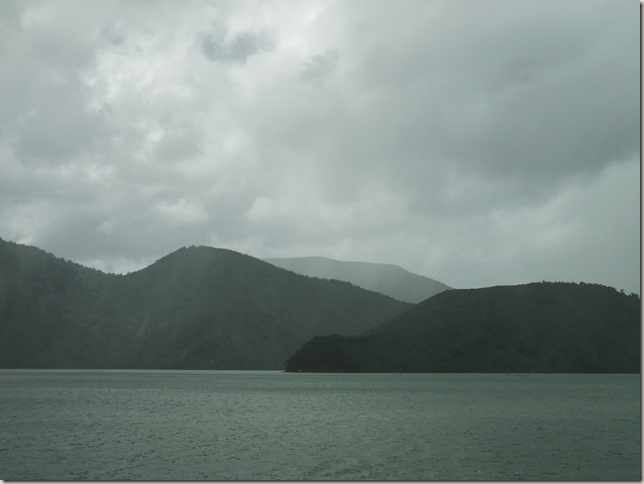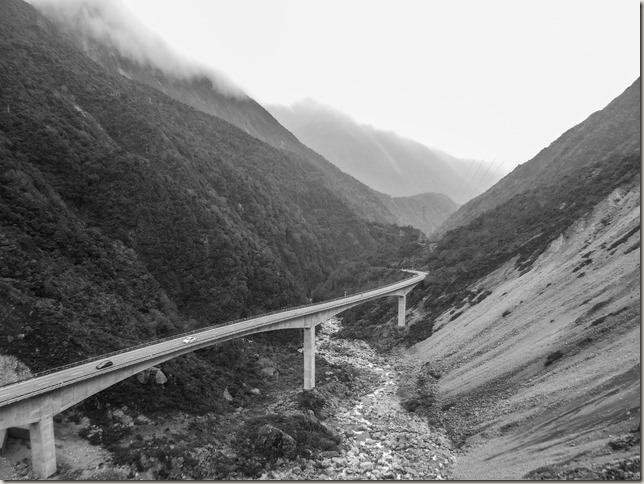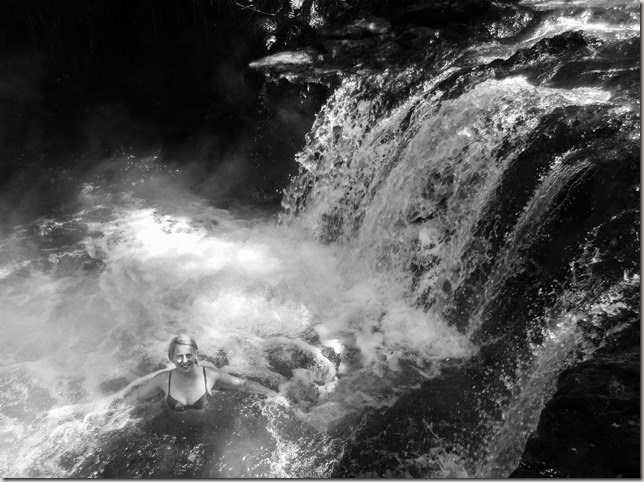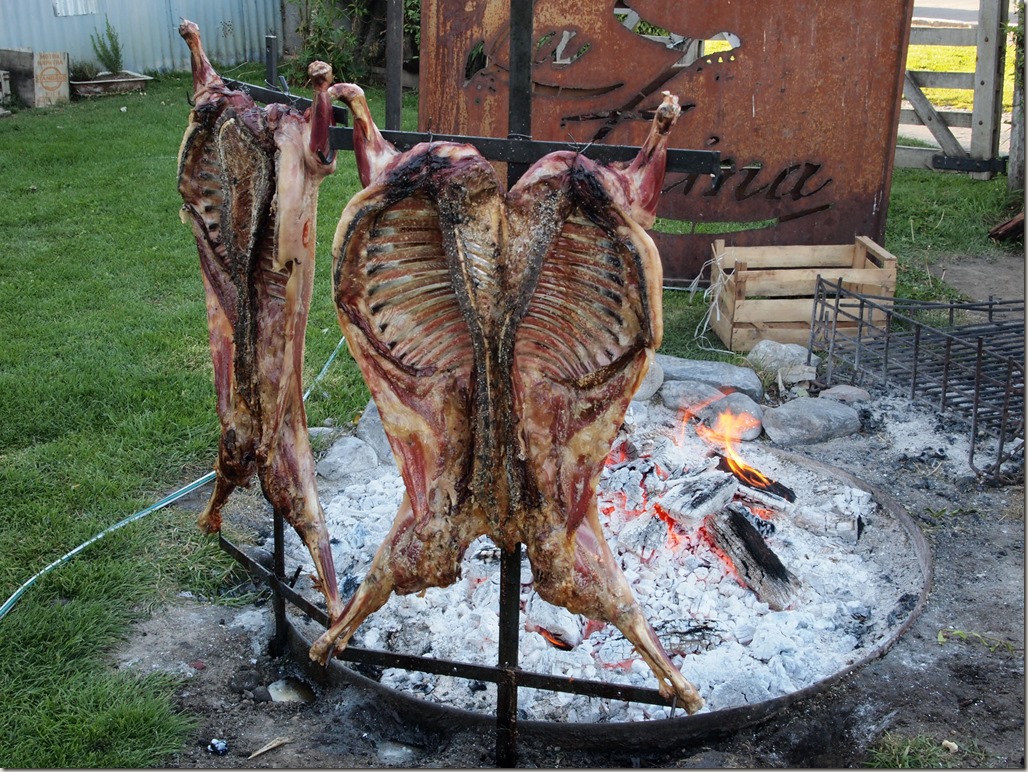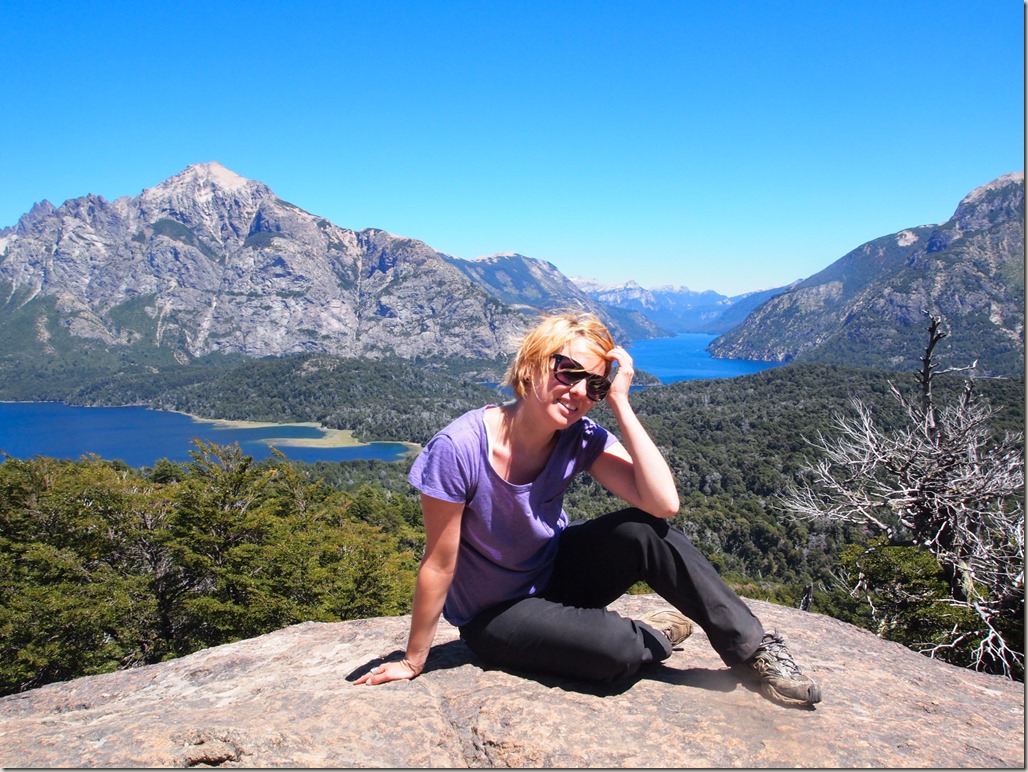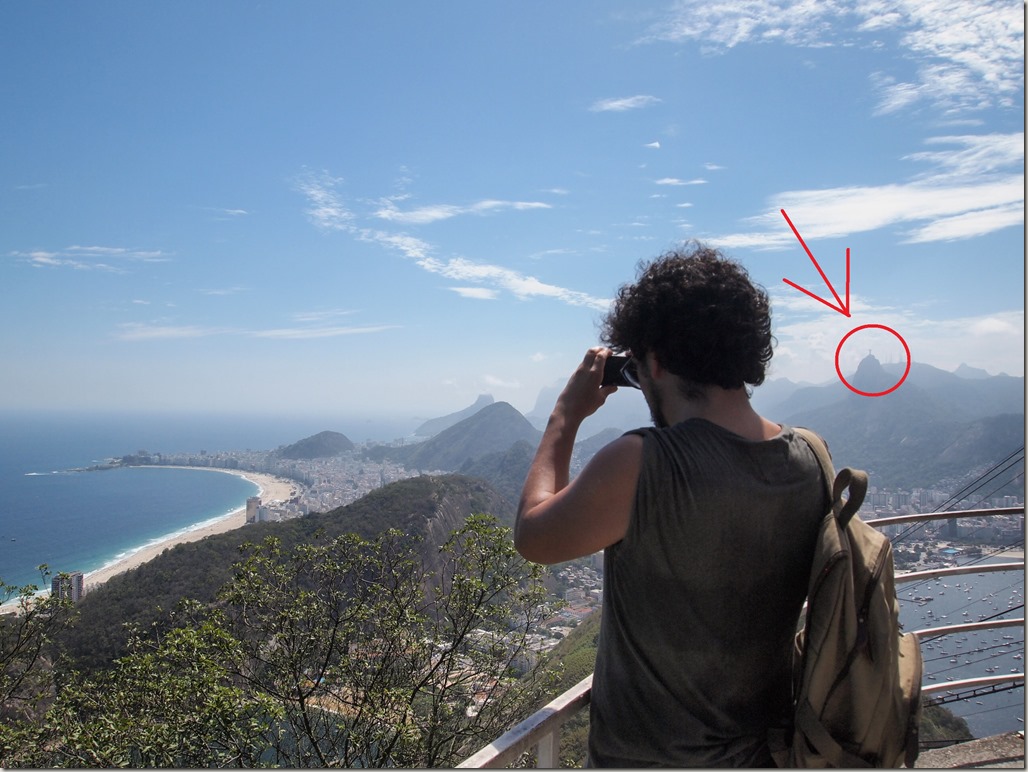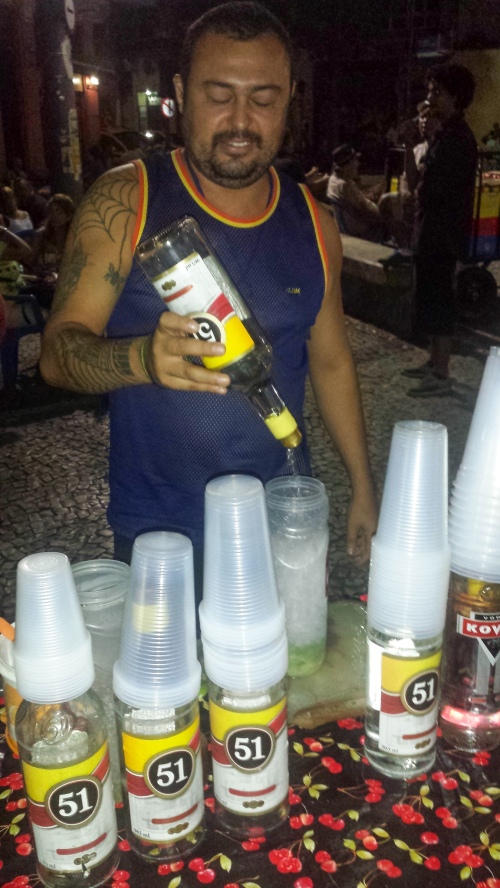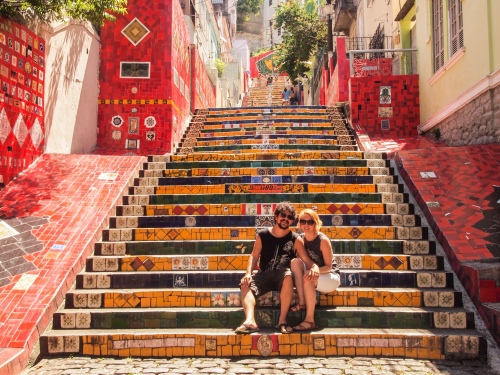A quick guide to what we did and what you can do too…
Do: Hire a car
Or, even better, a campervan. It is absolutely the best way to get around. Public transport is basically inexistent so you’re reliant on tourist coaches and flying, both of which are pretty pricey. Meanwhile you can hire a small car for less than $50 NZD (£25) a day and the roads are beautiful and largely empty so you’ll be able to see far more of the country if you have your own wheels.
You can read about our adventures in a campervan HERE.
Don’t: Always believe the hype
As Franki said in her last post, New Zealand has fantastic PR. Everything from the hikes to the wines to the mountains and lakes are billed as being the Best You Will Ever See In Your Life. And while many of the experiences you have in New Zealand will be one-of-a-kind, they won’t all be (after all, we have mountains in Europe too) so it’s important not to expect every waking moment to be a sensory rush. NZ is nothing if not laid back and it is totally okay to not spend your entire trip rushing around trying to have ALL THE EXPERIENCES and then ending up disappointed when that Mega-Extra-Stunning-Best-Ever view turns out to be shrouded from earth to heavens in thick cloud.
There are plenty of things to do and see in New Zealand. Some will blow you away (hello Tongariro Crossing), others will leave you feeling a bit… meh (Milford Sound, I’m looking at you). When it comes to deciding what to do, it’s always best to go with your own tastes and judgement and not what the tourist billboards necessarily suggest.
Try: An extreme sport
Confession time: We went to New Zealand and did NOT do a bungee jump. Neither did we partake in sky diving, jet boating, white water rafting, glacier trekking or any of the other adrenaline-fuelled activities on offer. To be honest, we’re surprised they didn’t deport us.
NZ has styled itself as the extreme sports capital of the world. Because simply looking at beautiful scenery isn’t enough, you have to leap off it, soar around it or otherwise conquer it with the combined forces of modern technology and your limitless enthusiasm. If that sounds like your bag then this is absolutely the place to get involved.
For us it wasn’t. This was partly to do with money (turns out jumping off a bridge with an elastic rope tied round your ankles doesn’t come cheap) but mostly to do with the fact that jumping off a bridge with an elastic rope tied round our ankles sounds a lot like our vision of hell. We did, however, go caving which was utterly exhilarating and you can read about that experience HERE.
Buy: Internet time
When it comes to the internet, New Zealand seems stuck in the dark ages. Most hostels, cafes and bars will have WiFi but they’ll charge you to use it. Some will offer a preliminary half hour (or 50MB) for free but after that expect for fork out. Some charge by the minute, others by the megabyte and you can usually buy blocks of either (though be warned your MB may have a 24 hour time limit on them).
Eat: Seafood
Green-lipped mussels, fresh crayfish, Bluff oysters, paua, scallops, clams… New Zealand has a fantastic array of seafood available for pretty good prices.
We didn’t actually manage to sample the oysters, though. These babies sell out the minute they come in so despite three separate attempts to procure them in Hawks Bay, Christchurch, and Queenstown we’re sad to say we left NZ un-oystered. Never mind. If in doubt, there’s always good ol’ fish and chips.
Drink: Pinot Gris
If you thought NZ was all about the Sauvignon Blanc, think again. By far our favourite tipple was the local Pinot Gris. The crisp, dry, acidic Italian version, Pinot Grigio, has long been a British pub staple (not to mention a regular in the Tesco half price offers!) so we were pleasantly surprised to discover this smoother, more aromatic take.
Sample it at Gibson Bridge, a tiny “boutique” winery in Marlborough where they specialise in the stuff. In fact of their eleven wines, eight are Pinot Gris. Yes please!
And not forgetting…
… the time when, stuck in traffic in Auckland, we were both near the ends of our respective tethers when Rob checks the rearview mirror and nearly has a heart-attack because it turns out the car behind is being driven by a clown in full dress and make-up, bobbing along to whatever he was listening to on the radio. Terrifying.
Laters y’all! Next stop… Australia.



